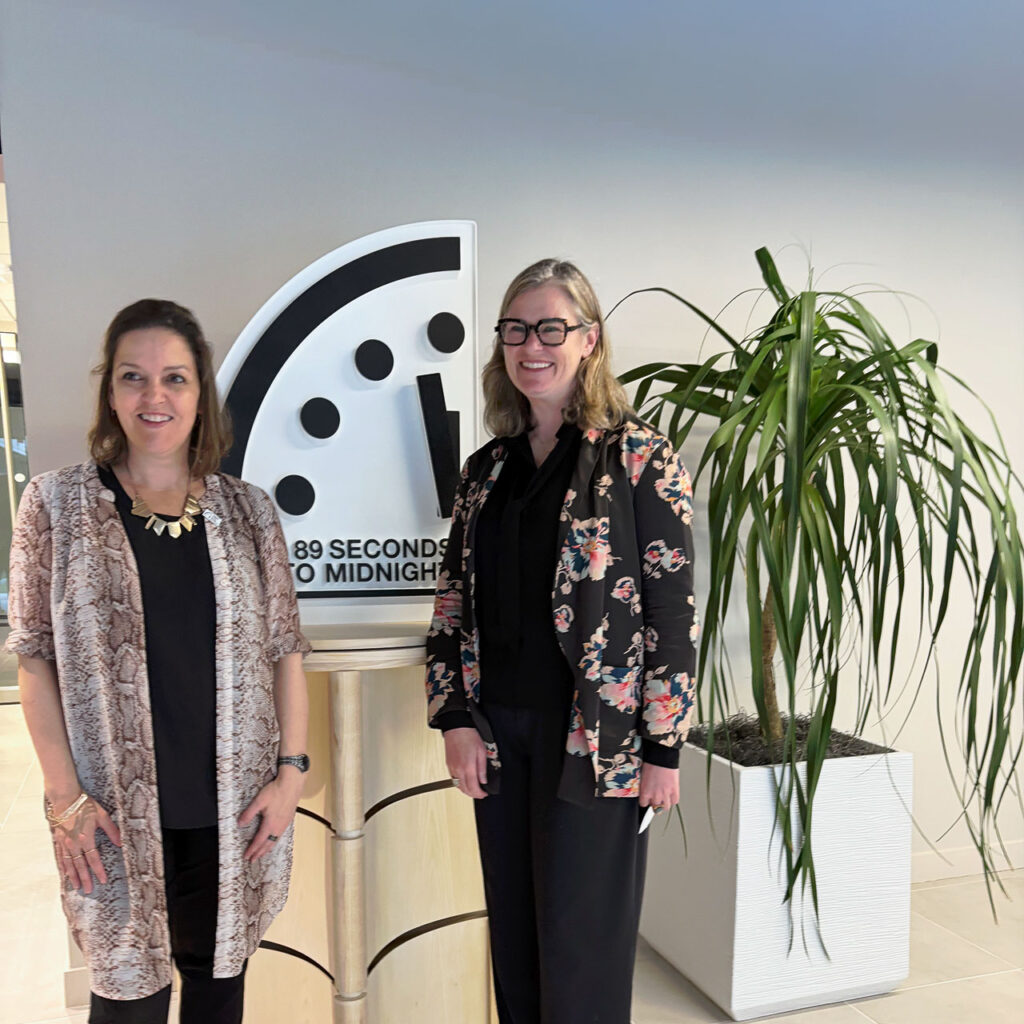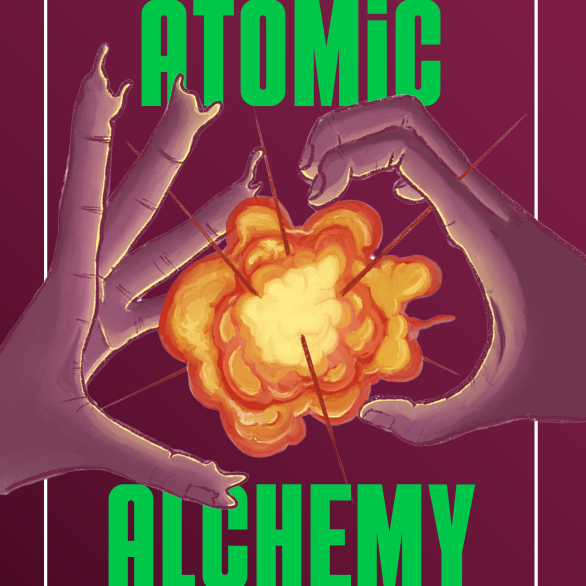Story Center
Current news and exciting stories highlighting the good, the bad, and the truth about nuclear weapons in the world.
Ploughshares Hosts Iconic Doomsday Clock for 2025
Please contact Ploughshares' Communications Manager Rebecka Green at rgreen@ploughshares.org for further information on any of these stories or to pitch topics and interviews.













